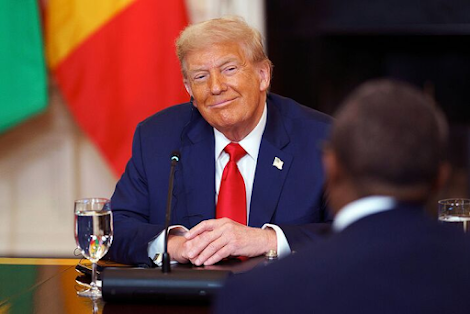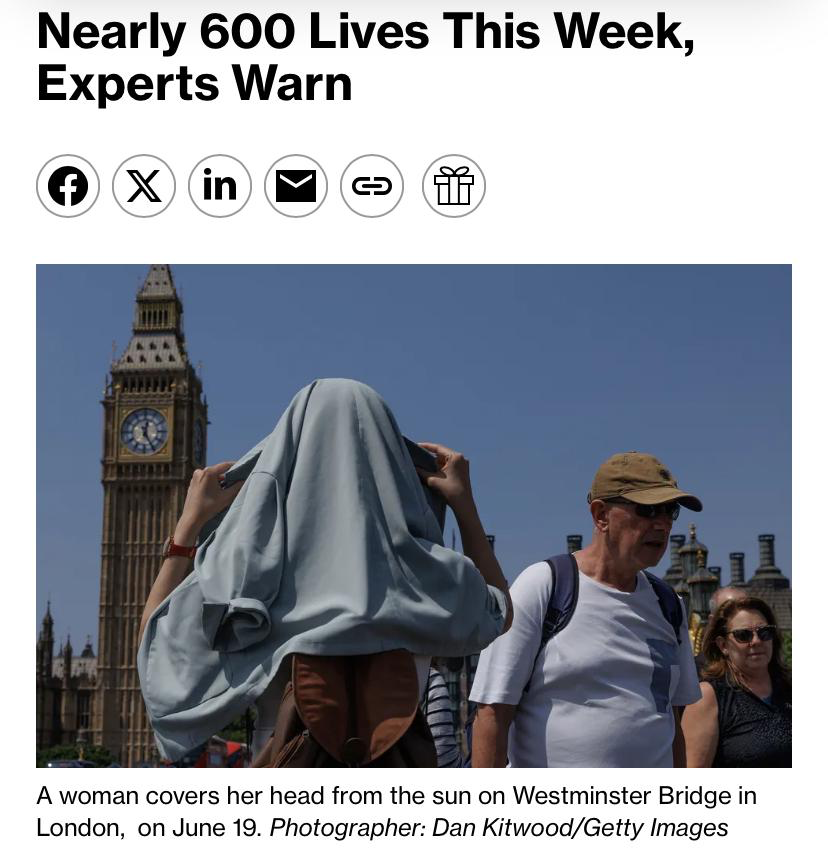The US's Africa Policy Is Now Crystal Clear. Its Success Is Not and Congo, Rwanda Backed Rebles Agree to Principles to End Fighting.
NEWS ANALYSIS ONE.
The US’s Africa Policy Is Now Cystal Clear. Its Success Is Not.
SOURCE: BLOOMBERG.
Q .1 Ans: Yes, the image matches the headline well. It shows a serious meeting between U.S. officials and African leaders, which fits the idea of a clear but possibly uncertain policy.
Q.2 Ans: It feels tense and urgent, like big decisions are hanging in the balance.
You sense worry and doubt, as if success isn’t guaranteed. There’s a subtle hint of tension that brings a touch of controversy.
Q.3 Ans: No clear signs of photo editing, but it zeroes in on powerful leaders at a conference table. That focus makes the story feel top-down, leaving out everyday voices and local views.
Q.4 Ans: Framing chooses what you see and where, so you know what matters most. Lighting sets the mood, and focus makes the important parts sharp, so your eyes go there first.
Q.5 Ans: The picture adds feeling by showing worried leaders and tense body language, hinting at doubt behind the clear policy. But it mostly just echoes the headline’s message instead of giving new information.
Q.6 Ans: Yes, a different image could change how people feel about the news.
If the photo showed everyday Africans working or smiling, the story would seem more hopeful. It would shift focus from big politics to real lives.
Q.7 Ans: Most other stories pair their headlines with photos of aid projects or local communities, but this one just shows officials at a formal table. It feels more about high-level talks than ground-level impact. That makes it seem distant compared to images of everyday people.
Q.8 Ans: Yes, it’s politically important because it shows only top US and African officials at the table. It suggests that big powers make the decisions. It reflects a bias that everyday African voices are left out.
NEWS ANALYSIS TWO.
Congo, Rwanda Backed Rebels Agree to Principles to End Fighting
SOURCE: BLOOMBERG.
Q.1 Ans: It shows armed fighters in camouflage, matching the rebel groups in the headline. But it doesn’t show any peace talks or handshakes, so it misses the “agree to end fighting” moment.
Q.2 Ans: It feels tense and urgent, like trouble could flare up at any moment.
You sense danger and anxiety looking at armed fighters on the move. There’s a hint of controversy, making you wonder if their peace talk will really hold.
Q.3 Ans: It doesn’t look photoshopped or edited. But by showing armed rebels in full uniform, it makes the story feel more violent and threatening. That framing hides any hint of their move toward peace.
Q.4 Ans: Framing chooses what you see and where, so you know what matters most lighting sets the mood, and focus makes the important part sharp, so your eyes go there first.
Q.5 Ans: It shows armed rebels in action, adding a sense of real danger to the story.
But it mostly just echoes the fighting part of the headline, without hinting at the peace agreement.
Q.6 Ans: Yes. If we saw rebels and officials shaking hands or signing papers, the story would feel more hopeful. It would shift the focus from danger to a real chance for peace.
Q.7 Ans: Most other stories show rebels and officials talking or signing papers, highlighting the peace deal. This picture only shows soldiers with guns, focusing on conflict. It makes the story feel more about fighting than the agreement to end it.
Q.8 Ans: Yes, it’s politically important because it only shows armed fighters and frames them as violent. It ignores local voices and the cultural reasons behind their struggle.
By: Richmond Wegbey
#visualstorytelling #ivs2025 #UniMACIFT




Comments
Post a Comment